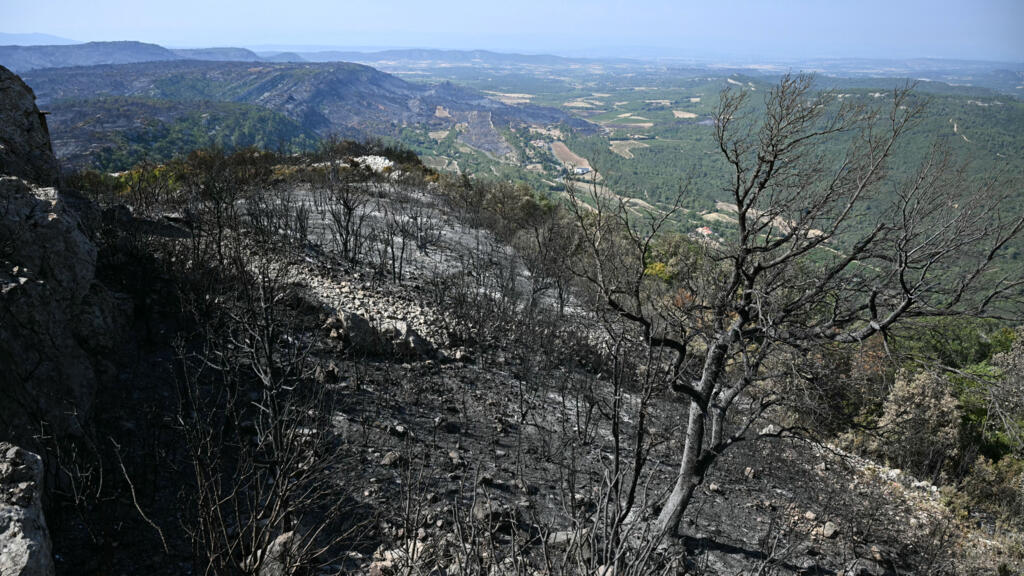
Wildfires that ripped through Europe this summer, forcing thousands to flee and leaving vast areas of forest in ashes, were the worst the continent has seen in decades. Scientists say climate extremes are driving the destruction. Yet forests have an incredible capacity to recover – sometimes naturally, and sometimes with human help.
In recent years, forest fires have destroyed millions of hectares of vegetation in North America, southern Europe, Australia, and especially in Africa.
Once the flames die down, forests can regenerate naturally or with intervention. Depending on the trees and the location, recovery can take anywhere from three to 60 years.
Forests can recover if the right conditions are in place – whether through natural regrowth, human intervention or replanting. These techniques differ slightly depending on geographic zones and climate patterns.
Many experts say natural regeneration is usually the most effective.
Éric Rigolot, a research engineer at France’s National Institute for Agricultural, Food, and Environmental Research (Inrae), specialises in Mediterranean forest ecology.
"For the most part, the forest will manage to regenerate on its own," he told RFI.
"Mediterranean forests, for example, are adapted to a certain fire regime. They have developed effective methods for post-fire regeneration."
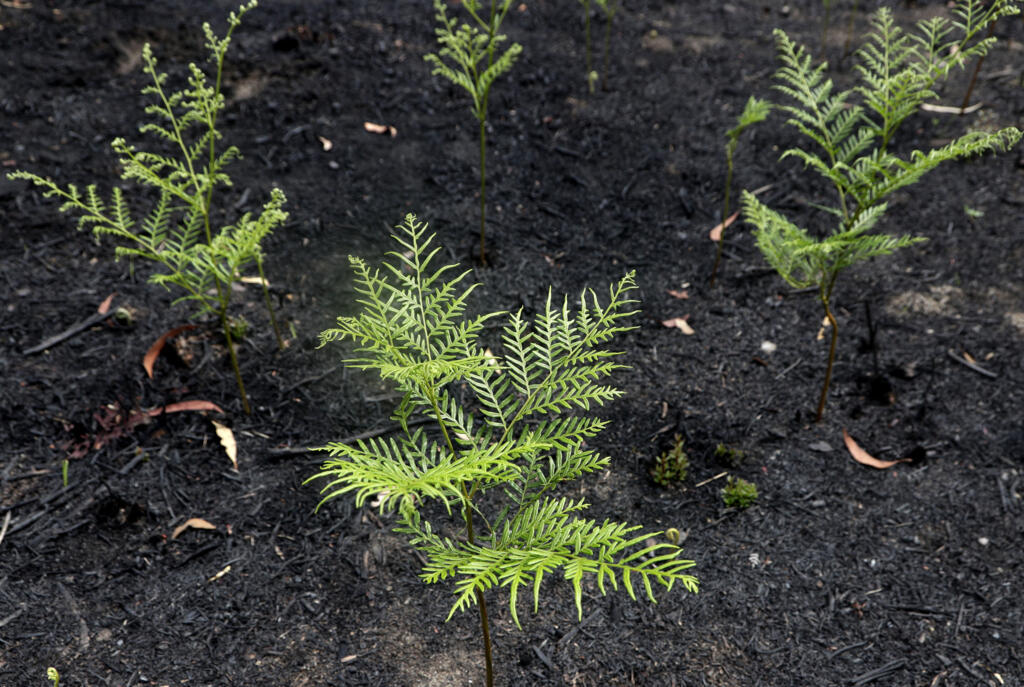
Fire-resistant bark
Some species, like the cork oak, are especially resilient. "Three weeks after a fire, there can already be young shoots appearing on the trunk," Rigolot said.
Other trees survive thanks to their bark.
"Those with more fire-resistant bark won't necessarily die: they'll sprout again with buds that will reform in the following years," Jonathan Lenoir, an ecologist and research fellow at CNRS, said.
Forests can turn green again quickly after rainfall.
"If there is good natural regeneration capacity, we will see a return of trees in the following years," said Rémi Savazzi, head of the National Forestry Office’s (ONF) fire division.
Underground roots can also survive, allowing vegetation to "grow back from the stump".
Protecting the soil is the first priority after a forest fire.
"The forest has a role in protecting the soil and against other natural hazards," Savazzi explained.
Measures are taken to repair walking trails and to identify damaged trees or trees about to fall.
Trees affected by fire can be repurposed into anti-erosion barriers that "slow down runoff and maintain the soil", Savazzi added.
Climate change made LA wildfires 'more likely' according to international study
Human intervention
For some scientists, human involvement helps forests recover faster.
"We need to ensure that invasive species like weeds don't proliferate. This will help native species regrow more easily," said Patrick Norman, a researcher at Griffith University in Australia.
In Canada, some trees sow seeds when they burn, thus participating in natural forest regeneration. This is the case for certain conifers in the country's boreal forests.
Victor Danneyrolles, a researcher at the University of Quebec and a specialist in fire ecology told RFI that this is a very effective mechanism in allowing trees to regenerate after a fire.
"There are seed systems enclosed in serotinous cones. There is a resin in the cone, which will melt when the fire passes, opening the cone, and allowing all the seeds to be released," he said.
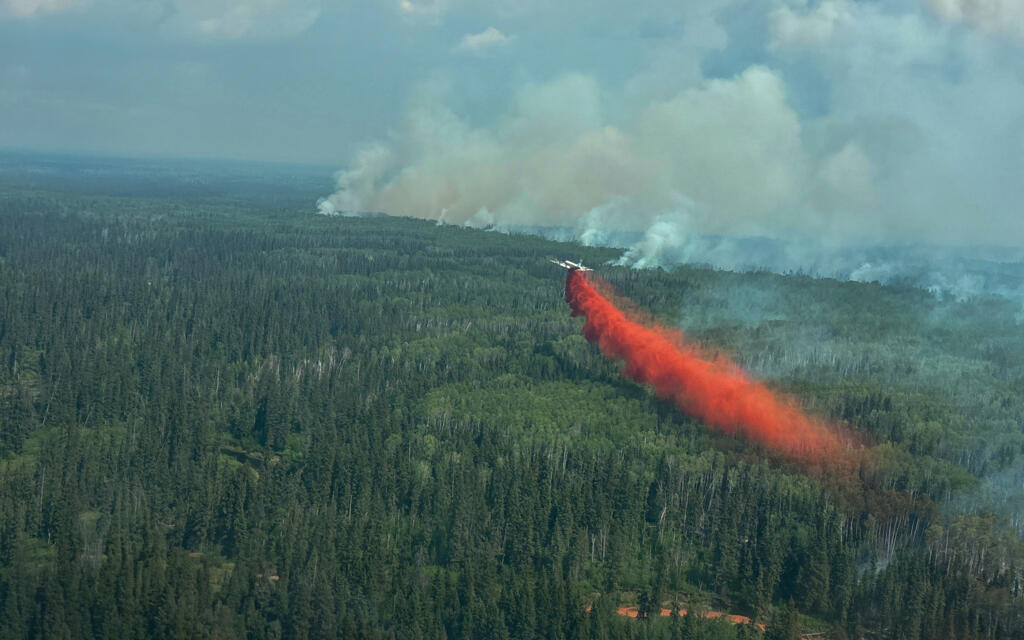
While natural regeneration is prioritised where possible, sometimes a helping hand is needed – particularly when it comes to planting.
For many years in France, the planting of new trees and new seeds by humans was an integral part of the forest healing process but it hasn't always been effective.
"We have examples of our colleagues 30 or 40 years ago who replanted as soon as there was a gap. We realise that some plantations have unfortunately failed," ONF's Savazzi said.
In the Mediterranean region, the last planting programs took place in the 1980s, according to Inrae, but this has become too expensive to maintain.
Danneyrolles indicates that in Quebec, the price of replanting corresponds to $8,000 per hectare, or nearly €5,000.
"You have to produce the seeds, then plants in nurseries, build forest roads to access the areas to be reforested, labour costs," he said.
France's worst wildfires in 30 years force a rethink on managing forests
Choice of tree species
Furthermore, replanting, while still used in many countries, can be risky if done poorly or if the species planted are not well chosen.
"We may be tempted to plant species that are more resistant to fire, and which sometimes come from far away. These species can be invasive and cause other problems," said Jonathan Lenoir of the CNRS.
Lenoir instead advocates replanting a "mixture of species" to "avoid the spread of fire, which can be more prevalent when tree species are homogenous.
Australian researcher Patrick Norman insists on planting something that's native to the area, "something that should originally grow there," he says.
"Planting an exotic species like a eucalyptus (a species widely found in Australian forests), which burns very well, would significantly exacerbate the problem" in unsuitable forests.
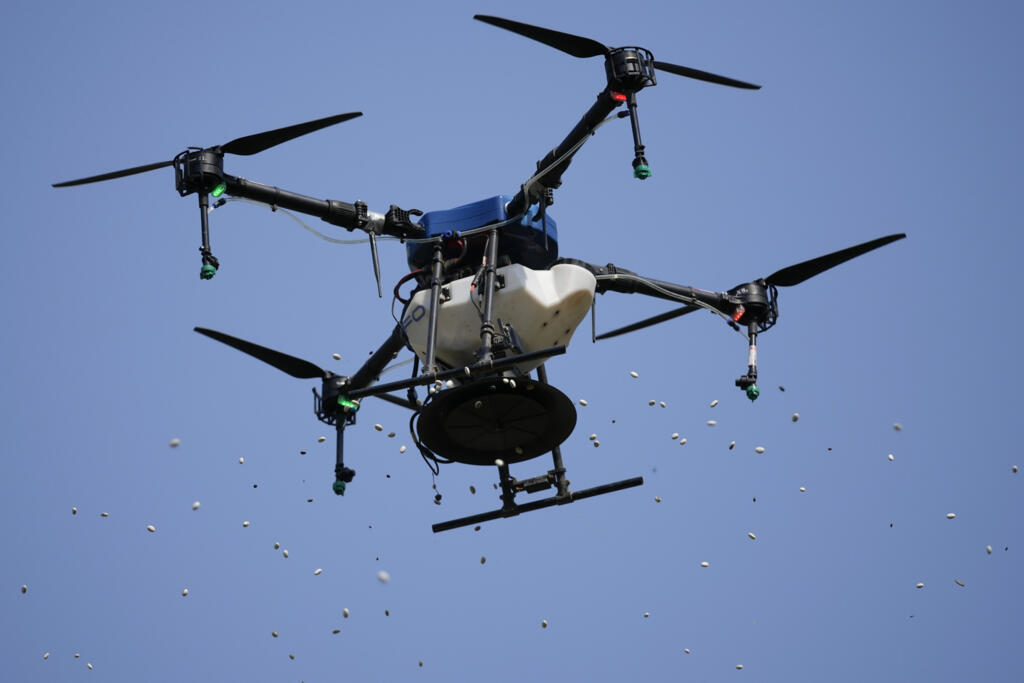
In many countries, the regeneration of forests is a combination of techniques.
In Morocco, the National Agency for Water and Forests (ANEF) sets aside closed areas to allow vegetation to regrow without disturbance, alongside reforestation with drought-resistant native species.
After fires in the Landes de Gascogne region of France in 2022, "most of the maritime pine forests were replanted," Rigolot said. Planting is also taking place along the Atlantic coast of Spain and Portugal.
New tools like drones are being tested in Canada, Spain and Mexico. In Michoacan, some drone models can carry nearly 20 kilos of seeds, Danneyrolles said.
Indigenous input
Some countries, such as Australia, draw on the knowledge of indigenous communities to develop more sustainable regeneration strategies for fire-affected areas.
"They are an incredible source of knowledge; they have maintained the environment and lived with fires for nearly 50,000 years. Who knows the affected regions better than the First Nations' people?" Australian researcher Patrick Norman said.
Victor Danneyrolles agrees with this when it comes to Canada.
"They are generally the most exposed to the risk of fires, because some live in somewhat isolated areas. We work with them as much as possible to understand their needs and realities."
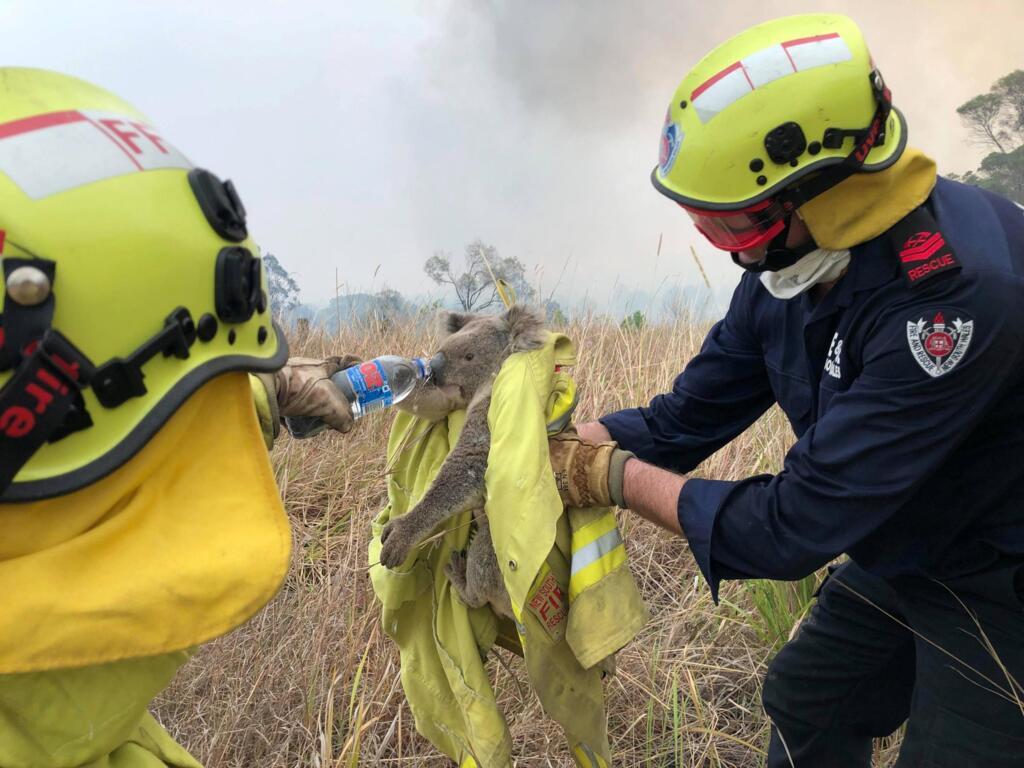
Traditional techniques such as controlled burns are now widely used in Australia and Canada. Indigenous groups are also exploring the use of drones, which avoid building roads or bringing in heavy machinery.
Generations to grow
Even when regeneration is quick, full recovery can take decades.
"It will take 20 to 30 years for small trees to become adult trees and be able to reseed," Savazzi said.
Norman recalled Australia’s "Black Summer" of 2019-2020, when "trees that were thought to be dead sprouted two or three years later." Still, he noted that some ecosystems can take "up to 20 years to return to the state they were in before the fires."
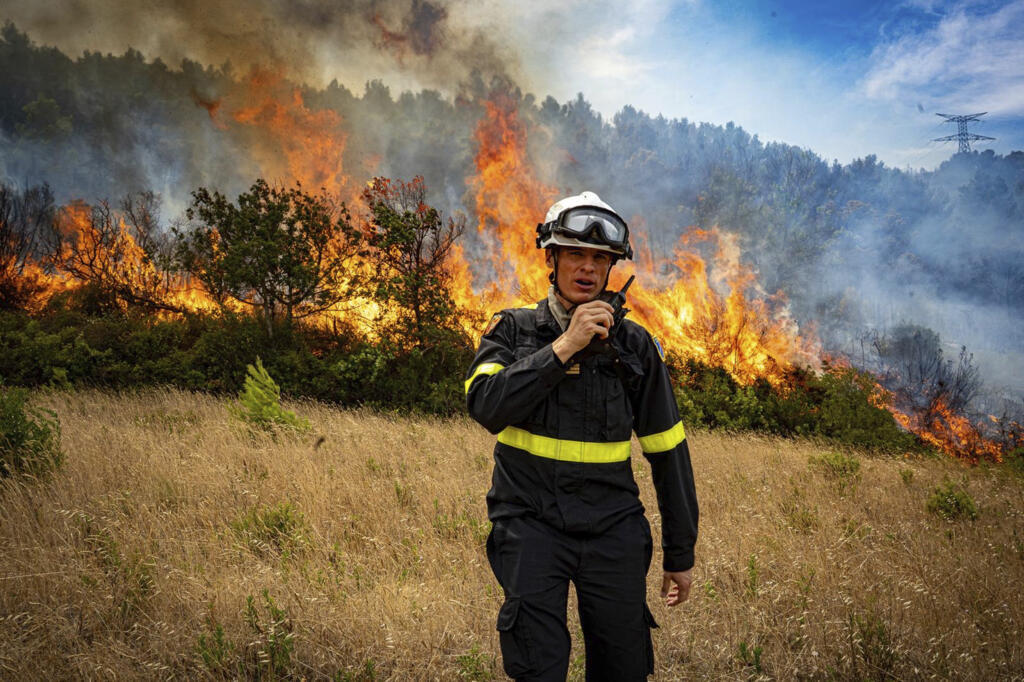
When it comes to ancient forests, an even longer period is required, according to Rigolot from Inrae – who points to the fires earlier this month in the Aude department of France.
"To rebuild a mature forest, like the one that burned in the Corbières, it takes many years, almost a human generation, or almost 60 to 70 years. The forest is an ecosystem with a very long life cycle," he said.
The process of reforestation and restoration that can take even longer if disrupted by repeated or overly massive fires.
Biggest French wildfire since 1949 a 'catastrophe on an unprecedented scale'
Resilience as key
In Quebec, after the mega-fires that ravaged several million hectares in 2023, some forests, for example, have been unable to regenerate on their own.
"It is estimated that more than 300,000 hectares will not be able to reforest themselves. We are capable of reforesting ourselves, but only up to 50,000 hectares per year," Danneyrolles said.
For Jonathan Lenoir, climate change will involve a different adaptation of forest ecosystems, to put the emphasis on resilience. This may lead to the disappearance of certain species better adapted to a more humid climate.
"We risk having species better adapted to hot and dry climates naturally, or, through assisted migration, humans will seek to favour species adapted to these new conditions," he said.
With already 8 to 10 million hectares of natural forests disappearing each year, the NGO World Wildlife Fund says helping forests adapt will be essential. Forests provide livelihoods for more than 300 million people and are home to 80 percent of terrestrial biodiversity.
This report was adapted from the original version in French by RFI's Léo Roussel.







